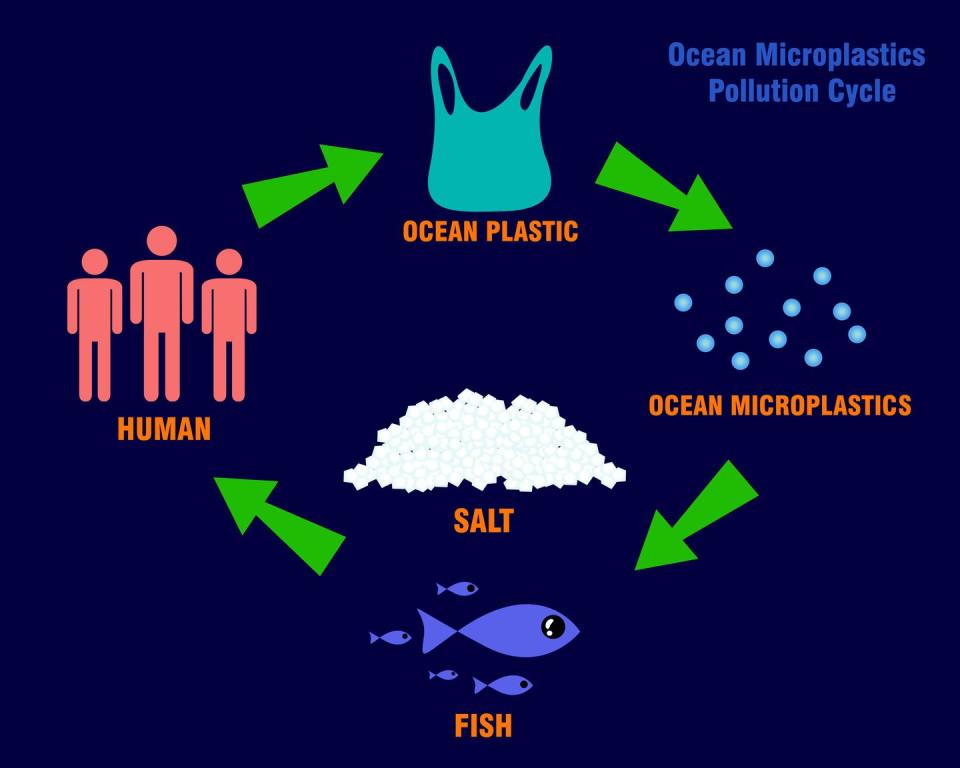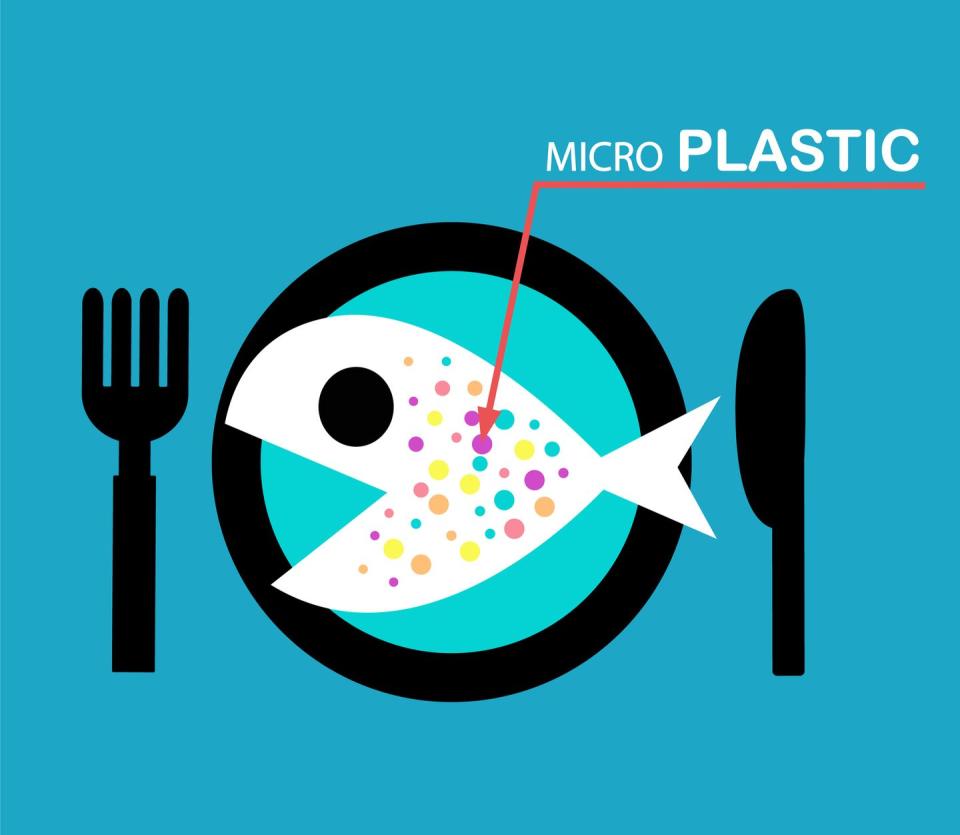How dangerous is it for humans to ingest microplastics?
We know for a fact that microplastics have made their way into the food chain and we are now ingesting them on a regular, if not daily, basis. But how harmful and dangerous is it for humans to be eating plastic? What is it doing to our bodies?
How are we eating microplastics?
Recent studies have revealed the extent of how much plastic we are ingesting. A pilot study which took place in October 2018 found microplastics in the feces of eight people who provided samples for research. This was a small sample group but nodded to the inevitable conclusion that humans are eating plastic.
In June of this year, a study published in the Environmental Science and Technology journal confirmed this, finding that humans could be consuming between 39,000 and 52,000 plastic particles every year. When you add that to the number of particles we inhale, the scientists took that number closer to 74,000 a year.
This is not surprising considering the amount of everyday items which have been proven to contain microplastics. These include:
Bottled water – In 2018, Orb Media found plastic particles in many major brands of bottled water. More info here.
Tea – We have known for a while that some tea bag brands use a plastic sealant to hold their bags together which can then leak into our brews. But, in September 2019, another damning tea study published in the Journal of Environmental Science & Technology revealed that certain fabric tea bags can release up to 11.6 billion microplastics per cup. See our list of tea bag brands that do and don't contain plastic.
Beer – A 2018 study, published in the Public Library of Science's journal, found that a litre of beer contains 4.05 manmade particles, most of which are plastic. More info here.
Salt – A 2019 report by researchers in South Korea and Greenpeace East Asia found that microplastics are present in 90% of commercial sea salt brands. More info here.
Fish and seafood – Unsurprisingly, if there are microplastics in our oceans, there are microplastics in our fish and seafood too, as confirmed by a 2018 study published on the US National Library of Medicine and National Institutes of Health website. More info here.

The verdict
With so many ways for microplastics to enter our bodies, Country Living turned to the Food Standard Agency (FSA) to ask their opinion on how this could be affecting us: Is ingesting microplastics harmful or dangerous? In statement, they replied:
"The FSA considers it is unlikely that the levels of microplastic particles that have been reported to occur in certain types of food would cause harm to consumers. This is based on current information, including the evaluation on the safety of microplastics exposure from food undertaken by EFSA.
"Microplastics are present in the environment, both on land and in water, therefore some presence in food is likely, but that doesn’t necessarily mean that this presence is harmful. The FSA will assess any emerging information concerning microplastics in food and drink."

The problem
The problem here, as the FSA highlights when referring to "current information", is that there is a lack of research and evidence in this area because only now are we, as a population, realising the true extent of our plastic problem.
Most studies in this area conclude that more research needs to be done, with the World Health Organisation's (WHO) study into plastic in drinking water summarising: "Recommendations are made with respect to monitoring and management of microplastics and plastics in the environment, and to better assess human health risks and inform appropriate management actions, a number of key knowledge gaps are identified."
Their study into the dangers posed by microplastics in water concluded that it does not pose a health risk and that microplastics pass through the body without being absorbed. They also said "we urgently need to know more."
What should we do?
The current advice is to limit our use and intake of plastic wherever we can. Here are some useful guides to help:
Like this article? Sign up to our newsletter to get more articles like this delivered straight to your inbox.
You Might Also Like

